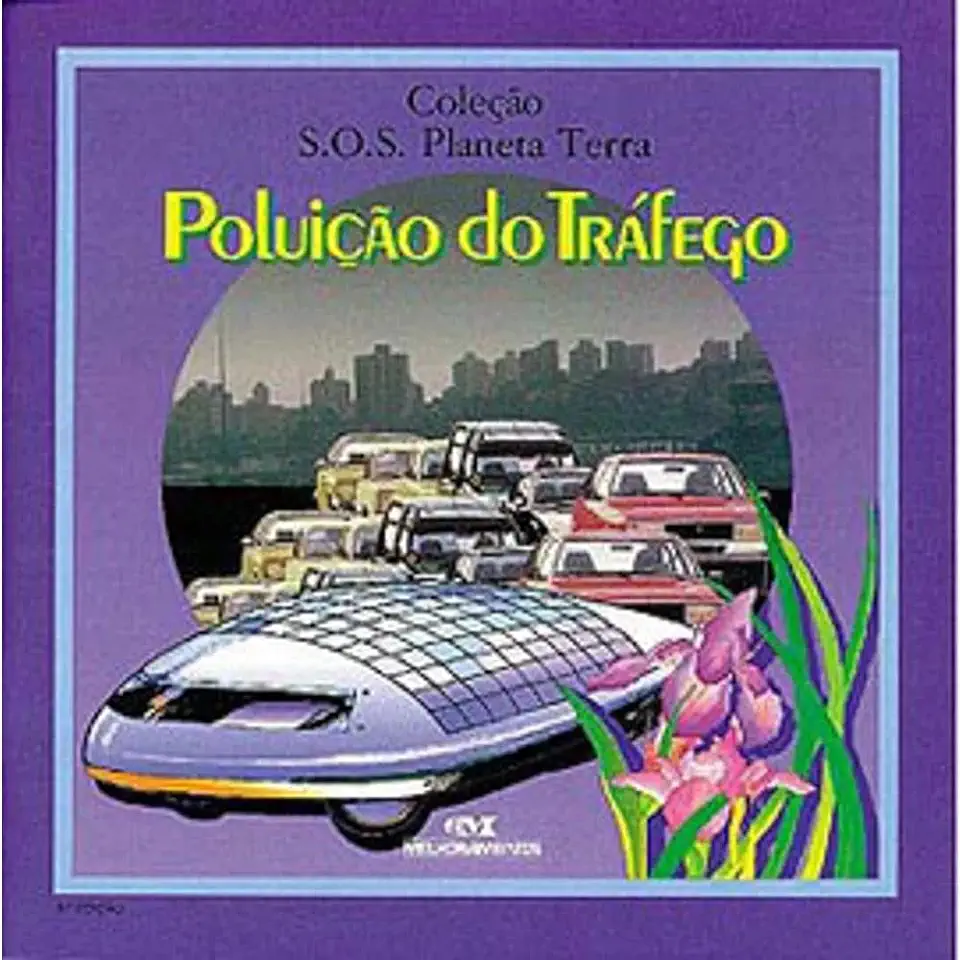
Traffic Pollution - M. Bright
Traffic Pollution: The Hidden Killer
Traffic pollution is a major problem in cities around the world. It is a significant contributor to air pollution, which can cause a variety of health problems, including respiratory problems, heart disease, and cancer. Traffic pollution is also a major source of noise pollution, which can disrupt sleep and cause stress.
In his book, Traffic Pollution: The Hidden Killer, M. Bright takes a comprehensive look at the problem of traffic pollution and its impact on human health. Bright draws on a wealth of research to show how traffic pollution can cause a variety of health problems, including:
- Respiratory problems: Traffic pollution can irritate the lungs and cause respiratory problems such as asthma, bronchitis, and emphysema.
- Heart disease: Traffic pollution can increase the risk of heart disease by damaging the arteries and increasing inflammation.
- Cancer: Traffic pollution has been linked to an increased risk of lung cancer, as well as other types of cancer.
- Neurological problems: Traffic pollution can damage the brain and nervous system, leading to problems such as memory loss, attention deficit disorder, and Parkinson's disease.
- Birth defects: Traffic pollution can increase the risk of birth defects, such as neural tube defects and low birth weight.
Bright also discusses the impact of traffic pollution on children, who are particularly vulnerable to its effects. Children's lungs are still developing, and they breathe more air per pound of body weight than adults. This means that they are more likely to be exposed to traffic pollution and to suffer from its effects.
In addition to its impact on human health, traffic pollution also has a negative impact on the environment. It can damage plants and animals, and it can contribute to climate change.
What Can Be Done?
Bright concludes his book by discussing what can be done to reduce traffic pollution. He argues that we need to take a comprehensive approach that includes:
- Reducing the number of cars on the road: We can do this by encouraging people to walk, bike, or take public transportation. We can also make it more difficult to drive by increasing parking fees and tolls.
- Making cars more efficient: We can do this by investing in research and development of new technologies, such as electric cars and hybrid cars.
- Improving traffic management: We can do this by synchronizing traffic lights, reducing congestion, and improving road design.
By taking these steps, we can reduce traffic pollution and improve our health and the health of our planet.
Why You Should Read This Book
Traffic Pollution: The Hidden Killer is a must-read for anyone who is concerned about the impact of traffic pollution on human health and the environment. Bright's book is well-researched and well-written, and it provides a comprehensive overview of the problem of traffic pollution and its potential solutions.
If you are interested in learning more about traffic pollution and what you can do to reduce it, I highly recommend reading Traffic Pollution: The Hidden Killer.